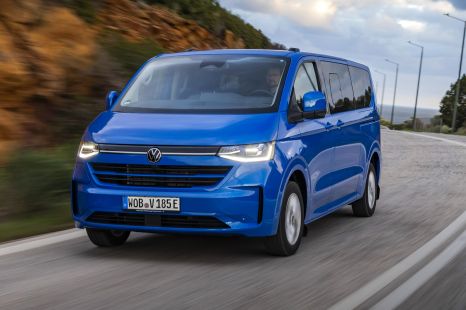

Dave Humphreys
2025 Volkswagen Transporter review: Quick drive
5 Months Ago
Ford has revealed the internal-combustion version of its Transit Custom van, built on a Volkswagen platform.

Contributor
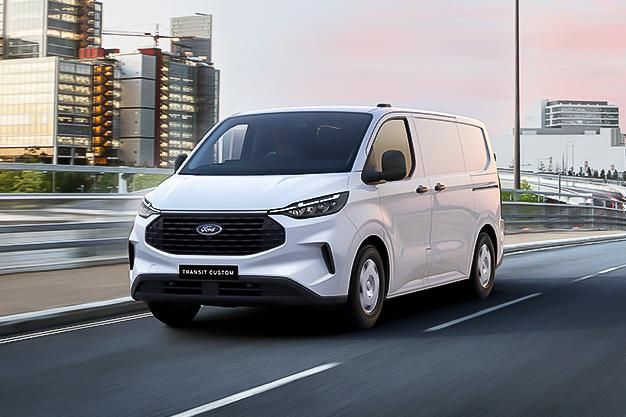

Contributor
Ford has revealed its next-generation, diesel-powered Transit Custom van.
Like the e-Transit Custom van that’s already been revealed and locked in for Australia, the new Transit Custom features a new look and higher-tech cabin than the model it replaces.
It’s set to come Down Under. Global deliveries will kick off late in 2023, with the range to grow in 2024 with more variants. It’s not clear exactly when it’ll arrive locally.
Ford has been vague in its official materials about the Transit Custom. It says the van will feature “the latest generation of Ford EcoBlue diesel engines”.

“In addition, a high-efficiency eight-speed automatic gearbox is introduced, and a maximum towing capacity of 2500kg is available on Transit Custom for the first time,” Ford says.
The new Transit Custom will be offered as a panel van, or a double cab van.
Under the skin, the Transit Custom is built using the platform we expect to underpin the Volkswagen T7 Transporter.
Ford says the “all-new vehicle architecture” has allowed it to lower the floor height, and to keep the vehicle below two metres tall.
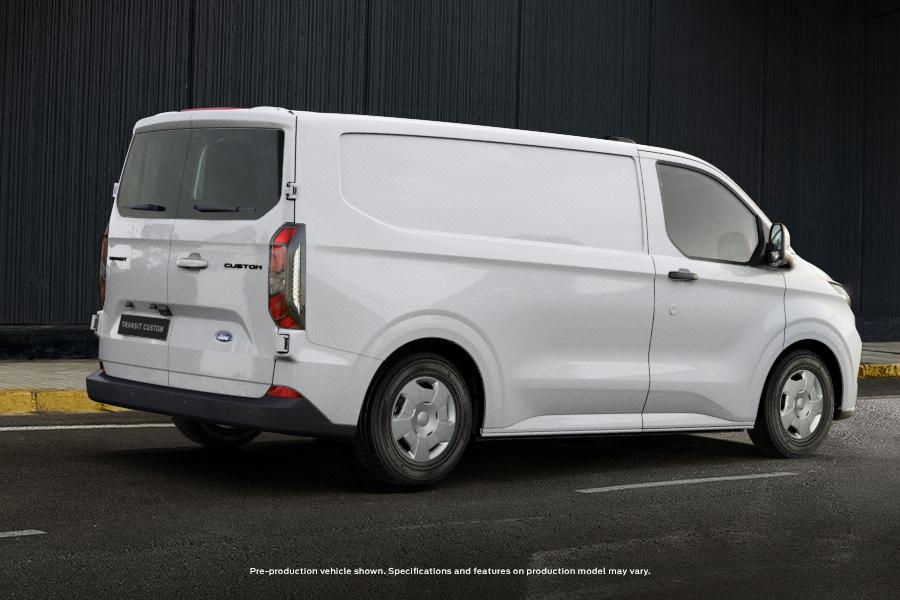
It has an independent rear suspension, and will be offered in four guises: SWB or LWB, coupled with a low or high roof.
Inside, the Transit Custom will feature a 13-inch SYNC 4 infotainment touchscreen. It’ll also feature a steering wheel that folds in some models to act as a desk.
Topping the Transit Custom range is the E-Transit Custom, which has been confirmed for Australia in 2024.
TheE-Transit Custom will come with a 74kWh battery pack and an electric motor producing 160kW of power and 415Nm of torque.

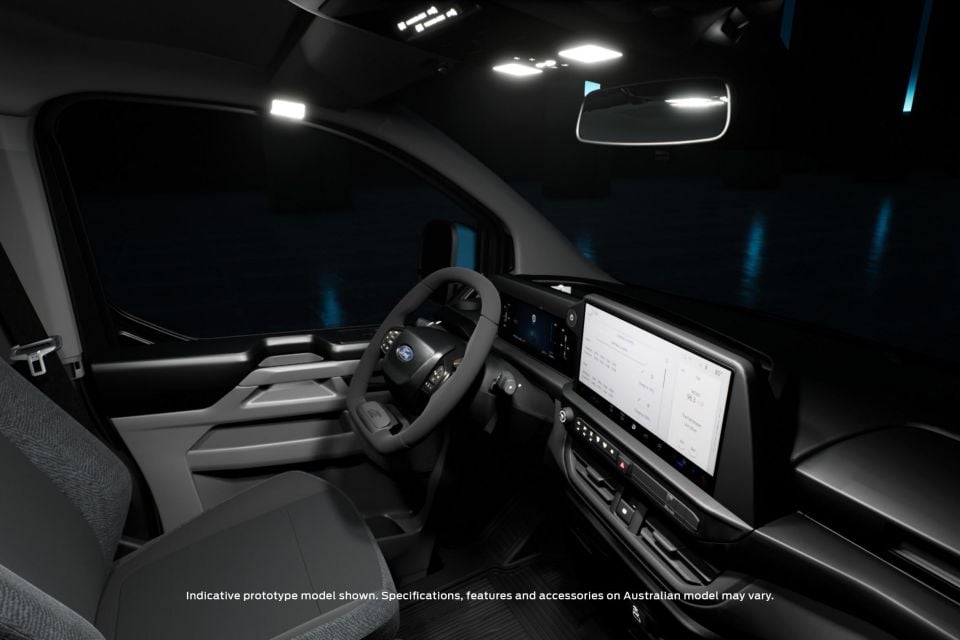
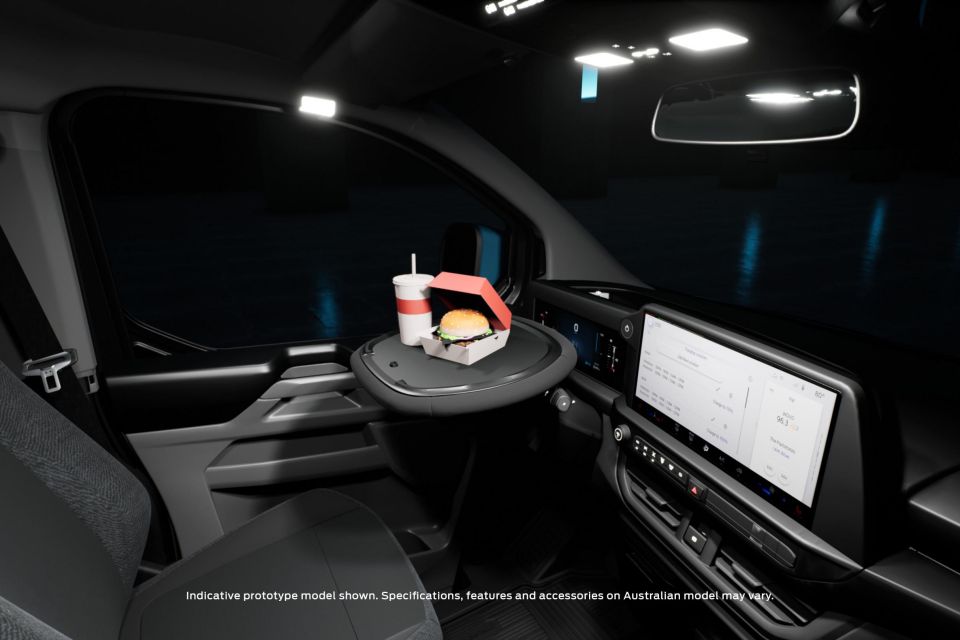
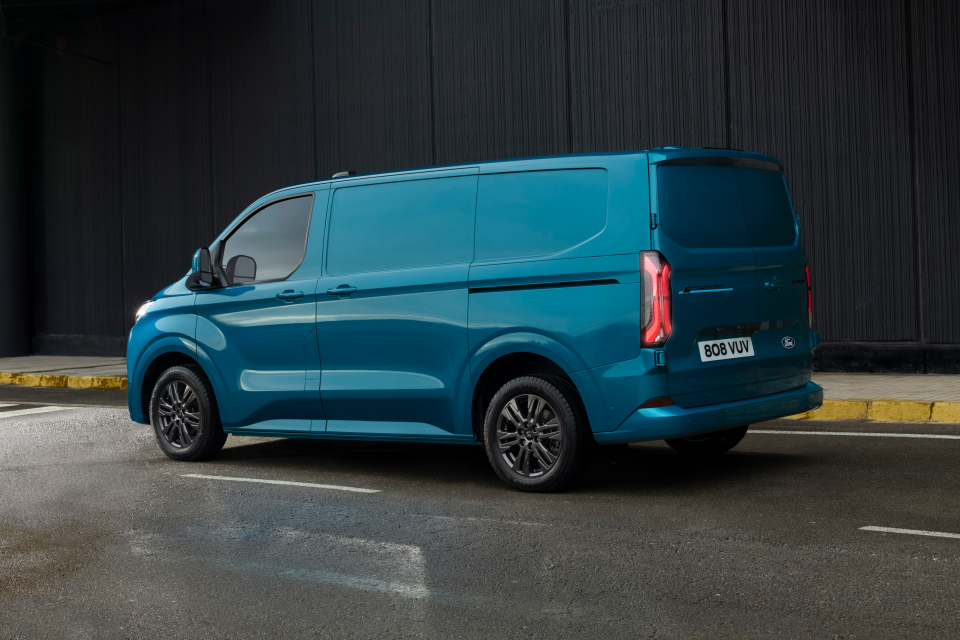
Using the 11kW AC three-phase charger, you’ll be able to fully recharge the E-Transit Custom’s battery in a claimed 7.2 hours.
It also supports DC fast charging at up to 124kW, with a 15-80 per cent recharge taking a claimed 41 minutes.
The battery is integrated into the load floor above the sill flange, which Ford says eliminates the need for separate crash structures, while the motor is fitted to the vehicle’s rear floor and rotated 90 degrees to maximise cargo space.
Where expert car reviews meet expert car buying – CarExpert gives you trusted advice, personalised service and real savings on your next new car.
Scott Collie is an automotive journalist based in Melbourne, Australia. Scott studied journalism at RMIT University and, after a lifelong obsession with everything automotive, started covering the car industry shortly afterwards. He has a passion for travel, and is an avid Melbourne Demons supporter.


Dave Humphreys
5 Months Ago
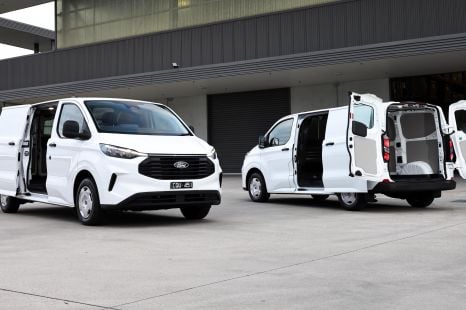

Max Davies
5 Months Ago


Josh Nevett
5 Months Ago
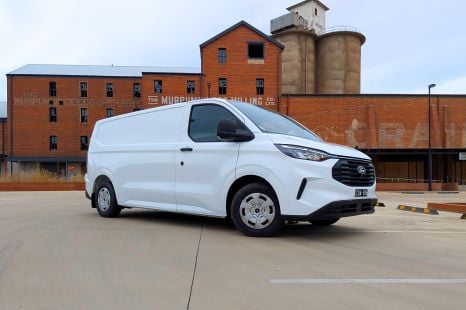

William Stopford
3 Months Ago
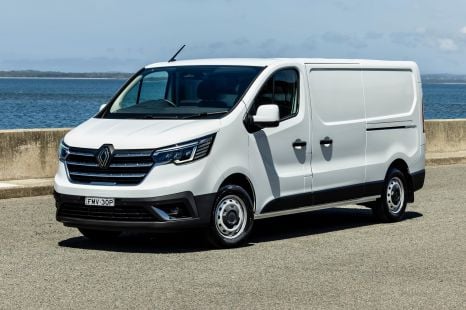

Max Davies
3 Months Ago
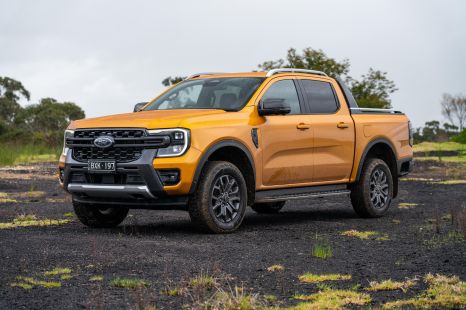

William Stopford
2 Months Ago